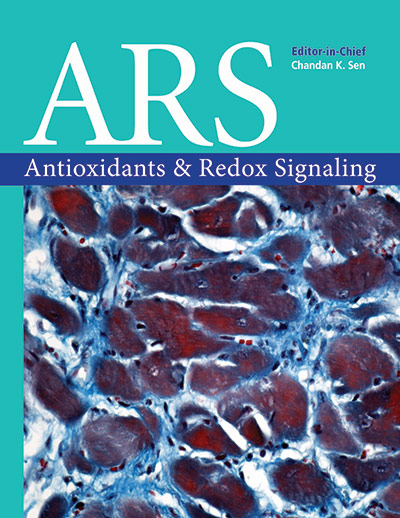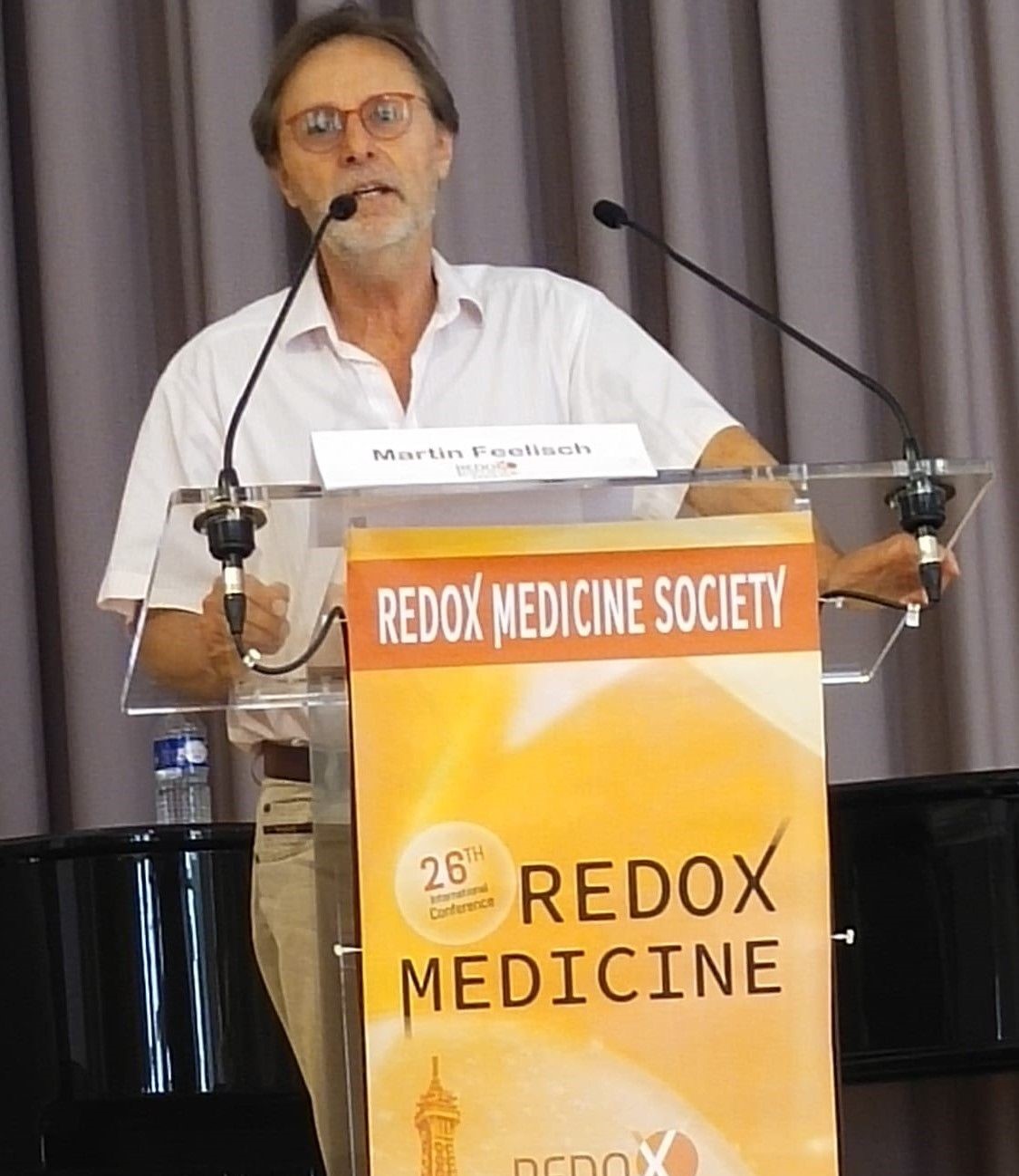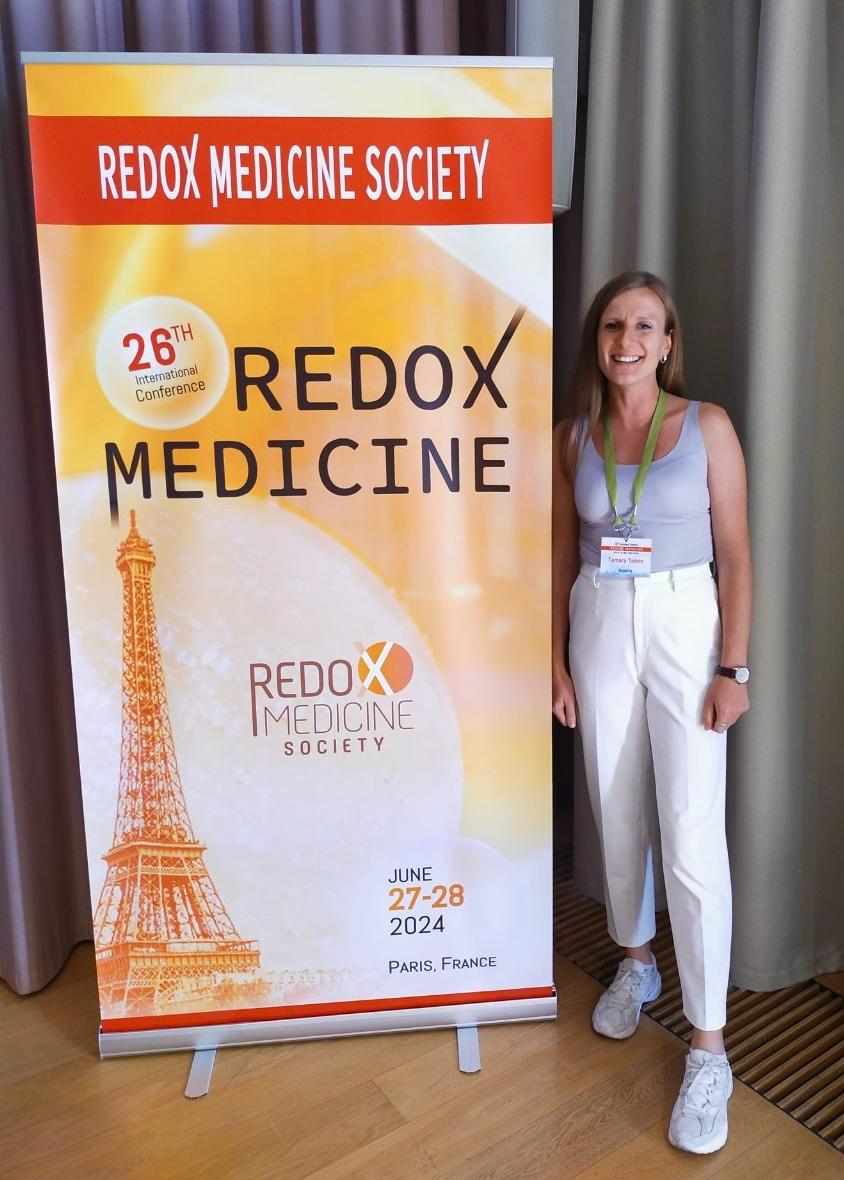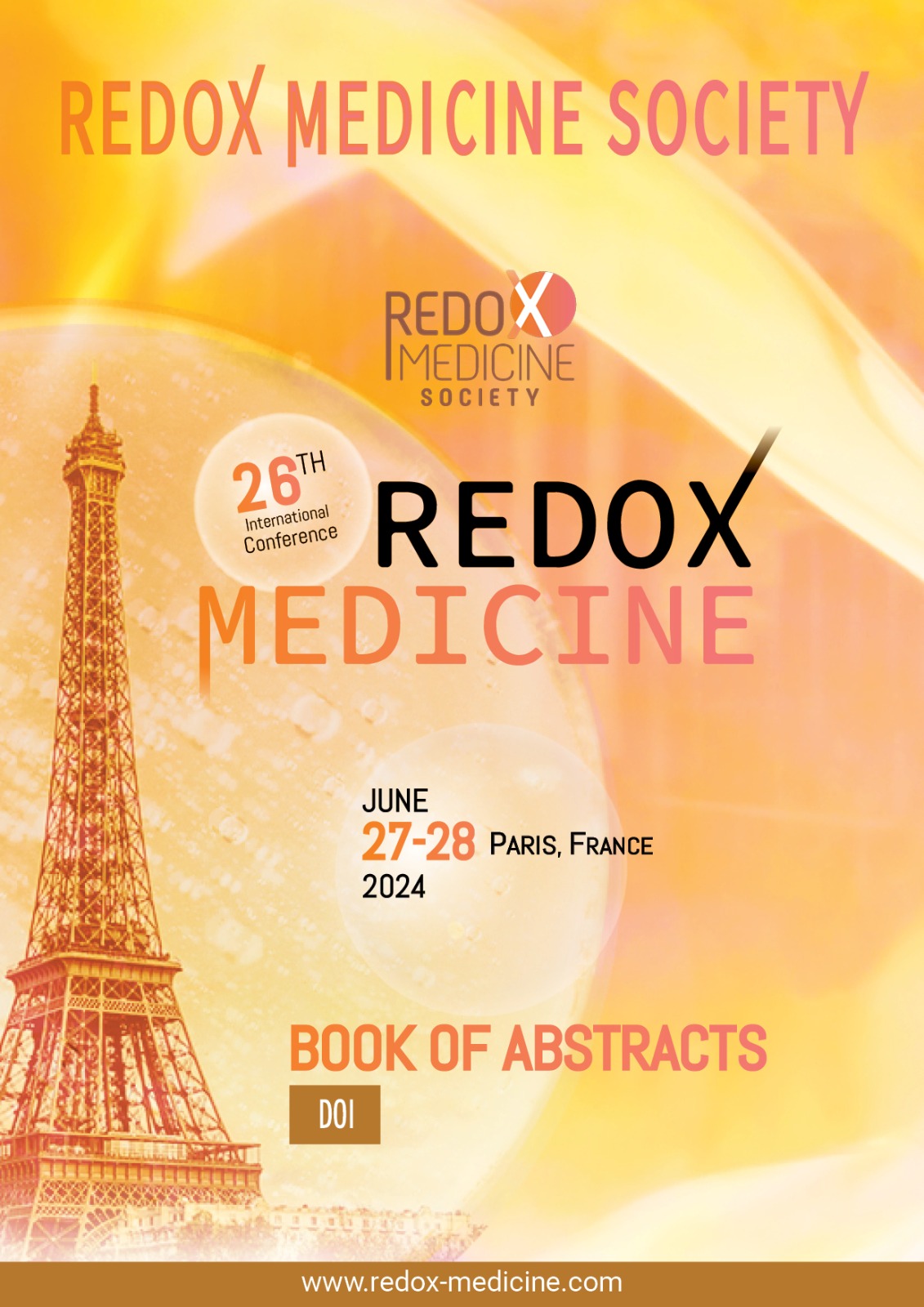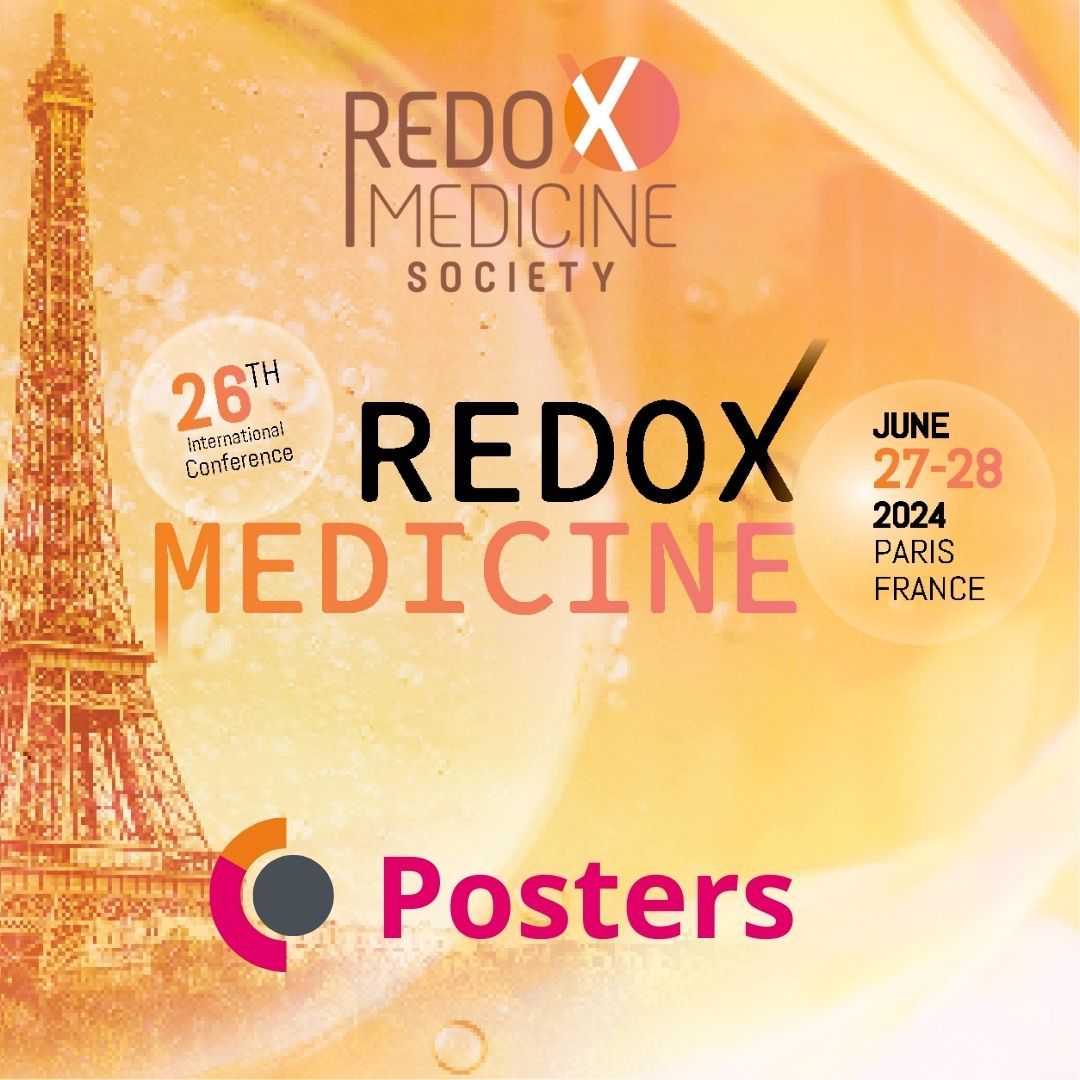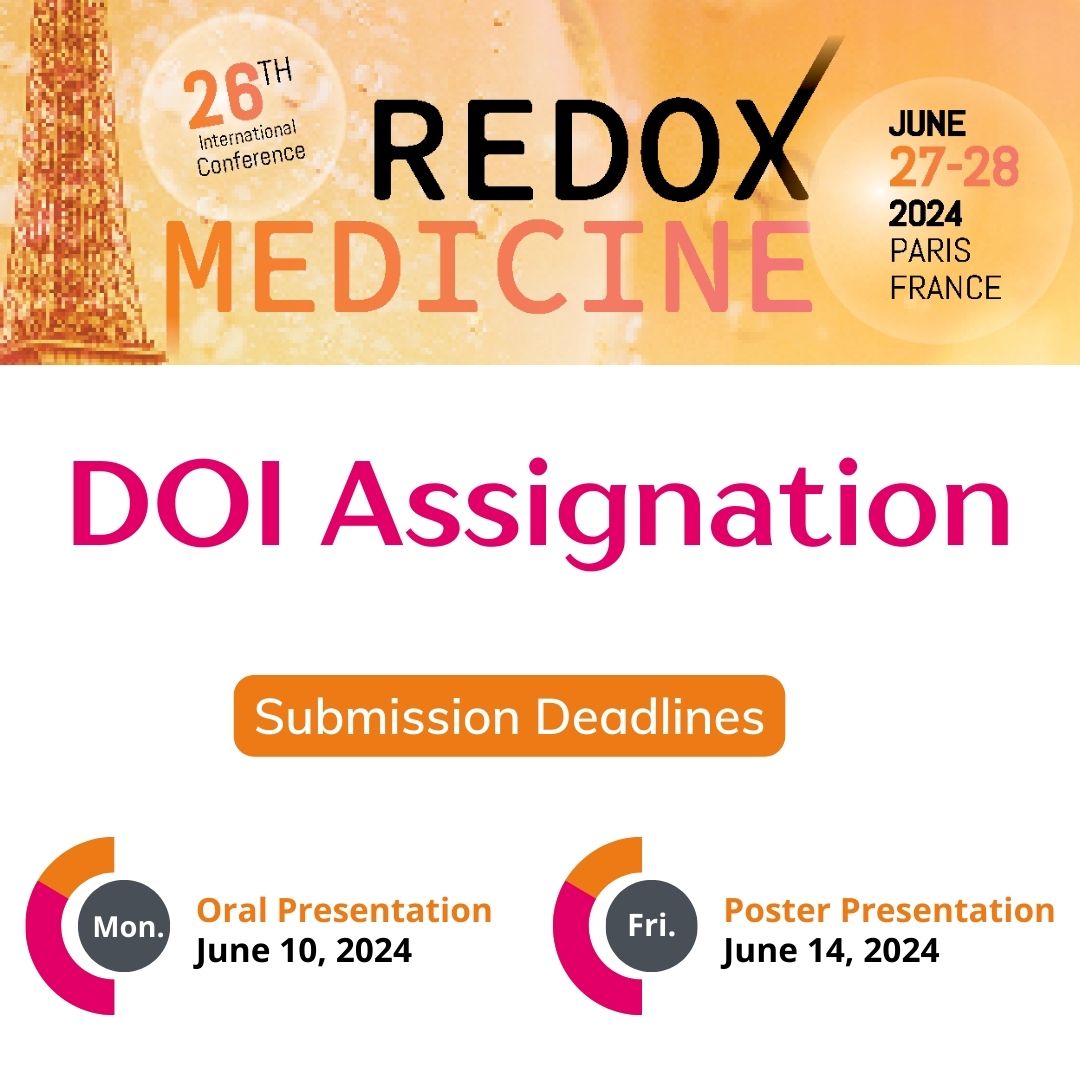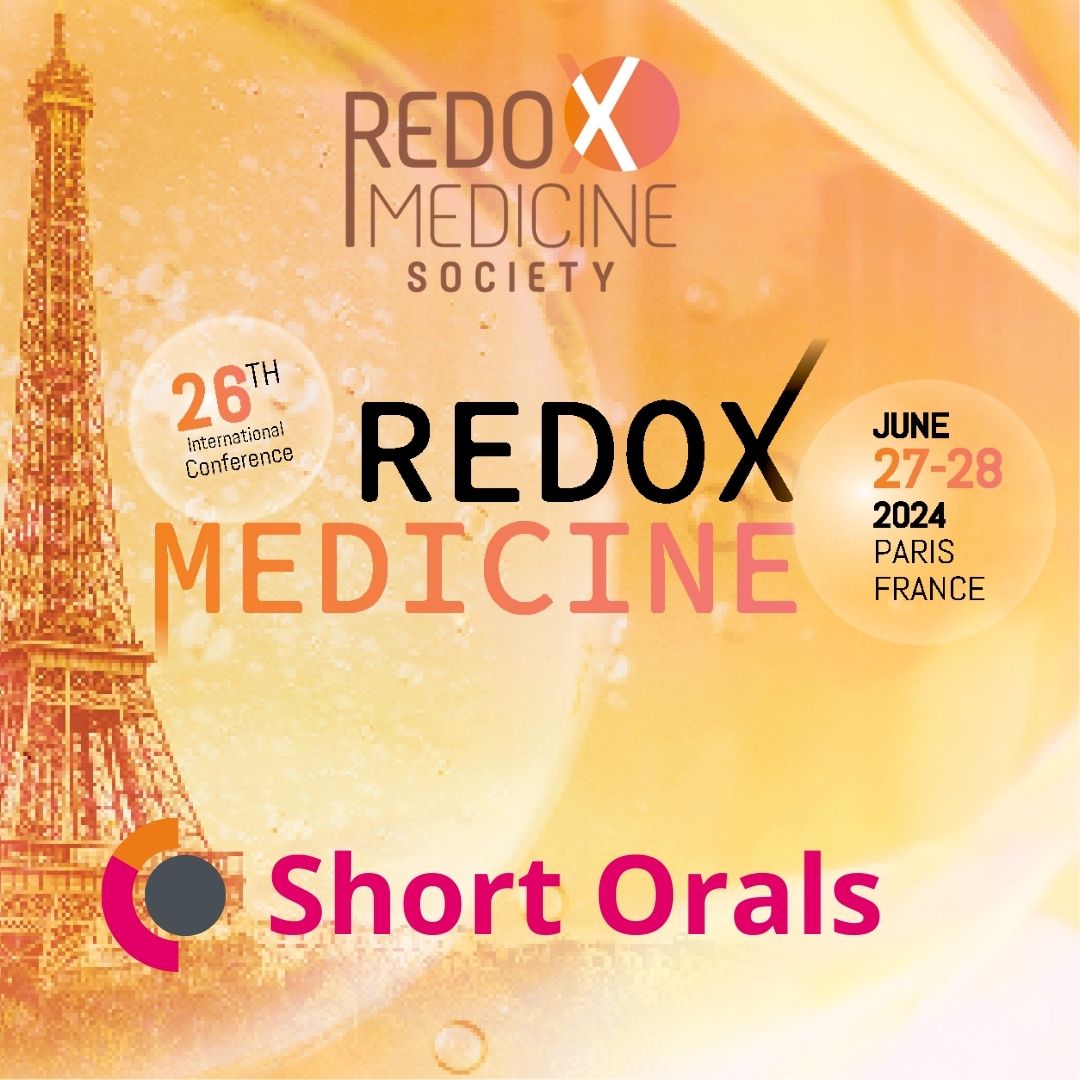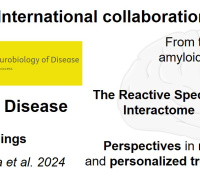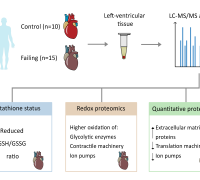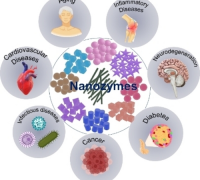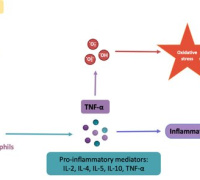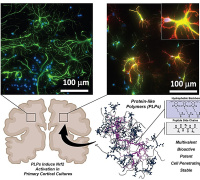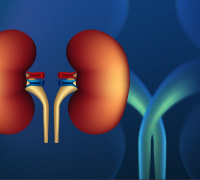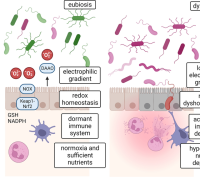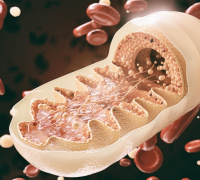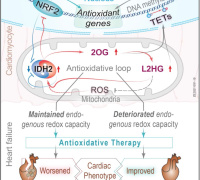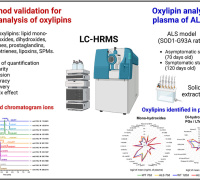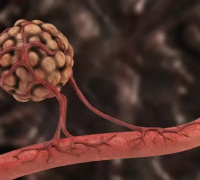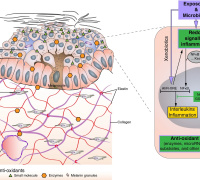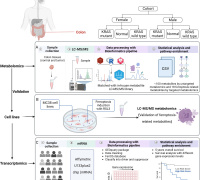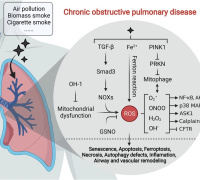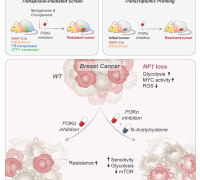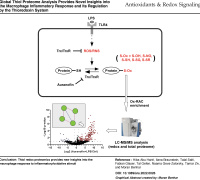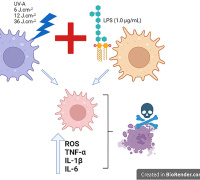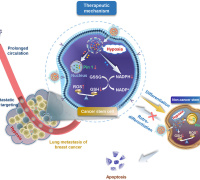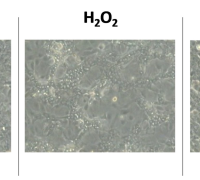Vascular Aging & Oxidative Stress are Associated with Testosterone Levels in Men

This cross-sectional study included 58 healthy, nonsmoking men categorized as young (N = 20; age 29 ± 4 years; testosterone 500 ± 58 ng/dL), middle-aged/older with higher testosterone (N = 20; age 60 ± 6 years; testosterone 512 ± 115 ng/dL), and middle-aged/older lower testosterone (N = 18; age 59 ± 8 years; testosterone 269 ± 48 ng/dL). Brachial artery flow-mediated dilation (FMDBA) was measured during acute infusion of saline (control) and vitamin C (antioxidant). Markers of oxidative stress (total antioxidant status and oxidized low-density lipoprotein cholesterol), inflammation (interleukin [IL]-6 and C-reactive protein [CRP]), and androgen deficiency symptoms were also examined.
- During saline, FMDBA was reduced in middle-aged/older compared with young, regardless of testosterone status (P < 0.001). FMDBA was reduced in middle-aged/older lower testosterone (3.7% ± 2.0%) compared with middle-aged/older higher testosterone (5.7% ± 2.2%; P = 0.021), independent of symptoms.
- Vitamin C increased FMDBA (to 5.3% ± 1.6%; P = 0.022) in middle-aged/older lower testosterone but had no effect in young (P = 0.992) or middle-aged/older higher testosterone (P = 0.250).
- FMDBA correlated with serum testosterone (r = 0.45; P < 0.001), IL-6 (r = −0.41; P = 0.002), and CRP (r = −0.28; P = 0.041).
In summary, Healthy middle-aged/older men with low testosterone appear to have greater age-associated endothelial dysfunction, related in part to greater oxidative stress and inflammation. These data suggest that low testosterone concentrations may contribute to accelerated vascular aging in men.
© Image- macrovector - Freepik
Media Contact:
Redox Medicine Society
This email address is being protected from spambots. You need JavaScript enabled to view it.
Redox Medicine 2023 Congress
June 21-23, 2023 - Paris, France
Website | LinkedIn | Facebook





